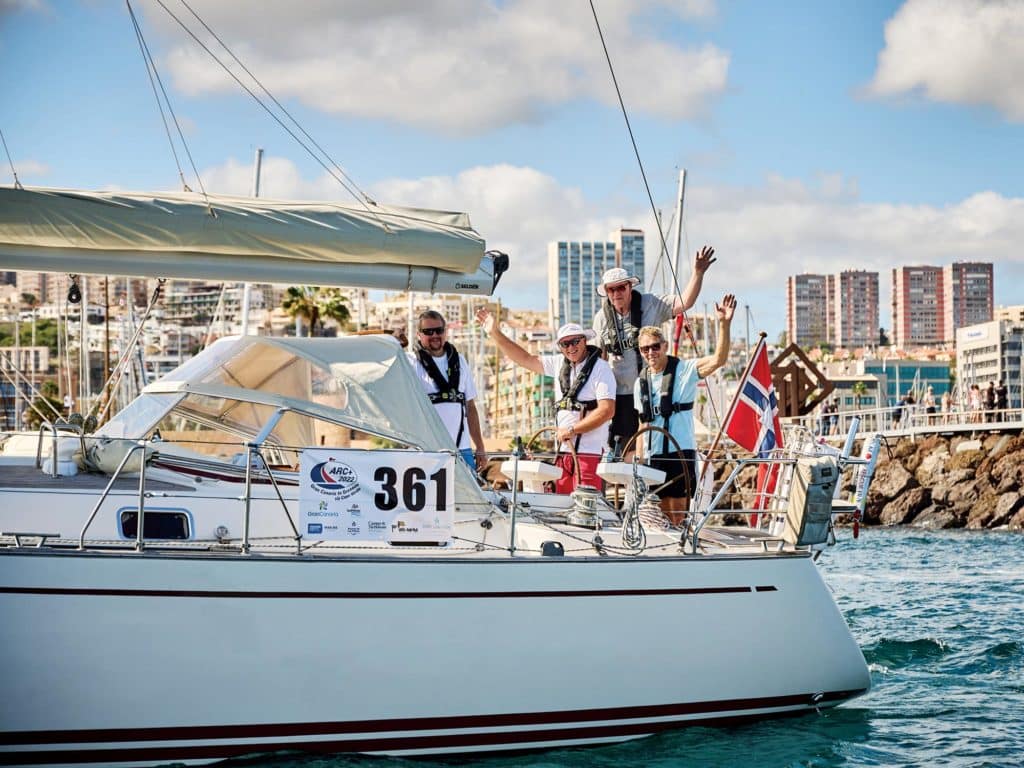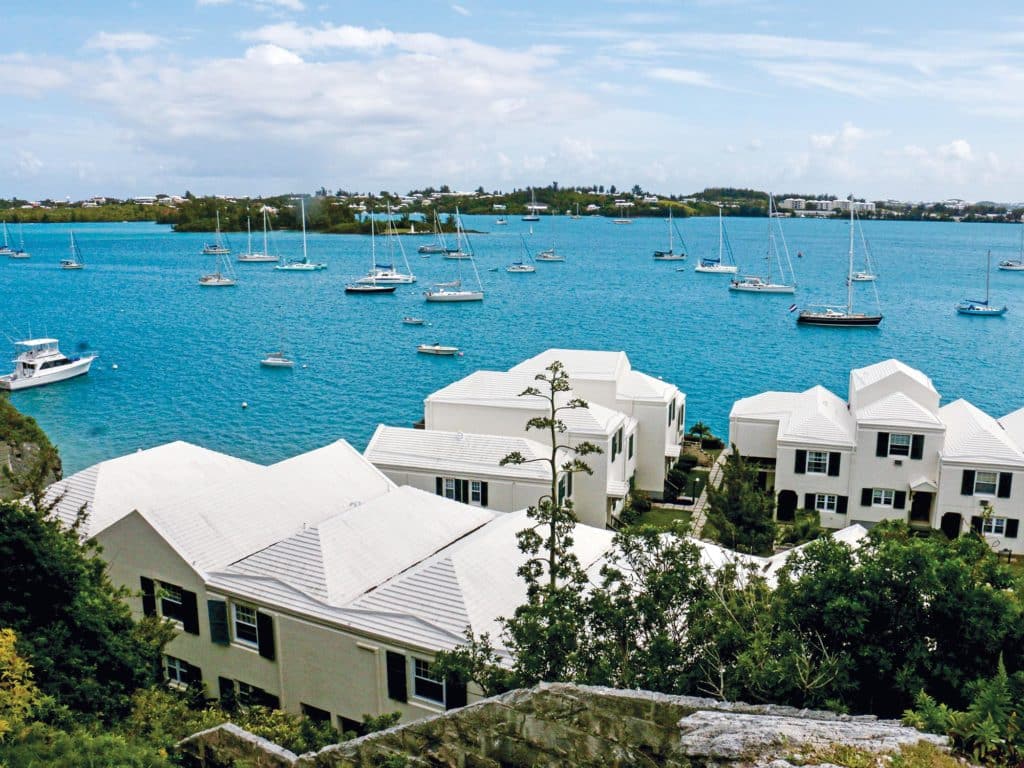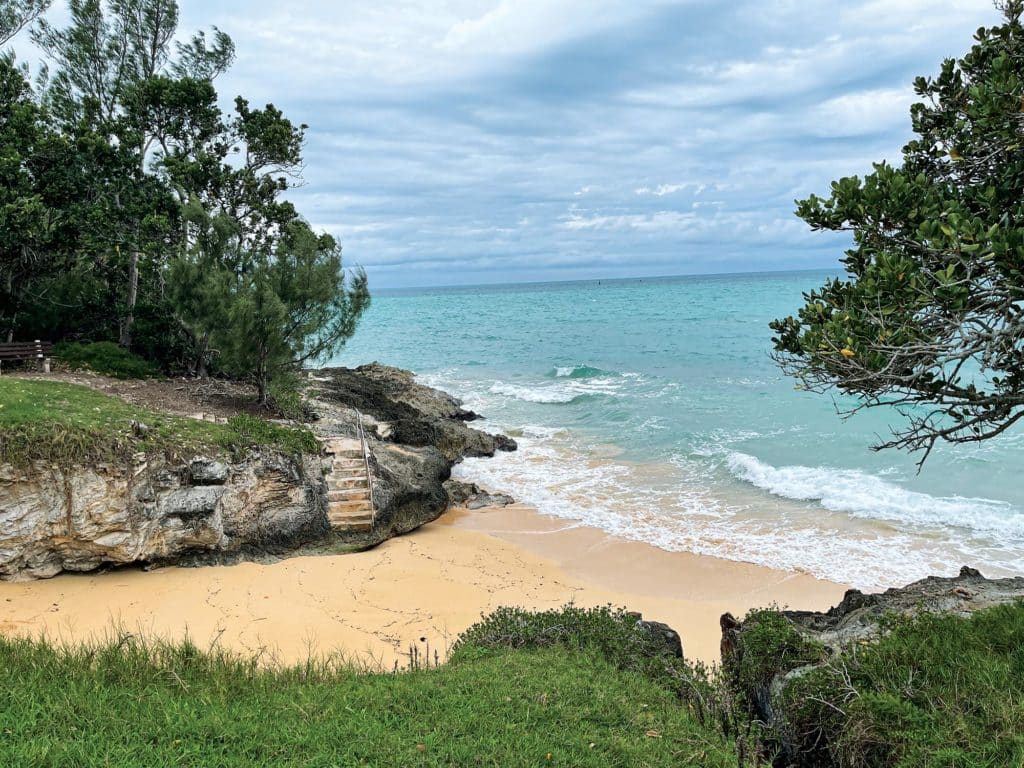
Sailing rallies come in a lot of shapes and sizes. They’re a smart way to try long-distance cruising or a transoceanic passage with a group, to check out a new destination with people who know it well, and to meet some like-minded sailors who share your cruising goals.
You don’t have to be an America’s Cup-level sailor to join a rally. Just the opposite: Many people join rallies as a way to improve their skills while having fun. You can be an entry-level sailor and participate in all kinds of rallies. You can use your engine whenever you want a little extra oomph. You can bring the kids and the family dog along as crew.
Being part of a rally is a way to become a part of a sailing community, only without the pressure of a timed race. You’ll very likely find yourself learning helpful tips and tricks to improve your cruising experience as you make lifelong friends.
Rallies happen at all times of year, on both US coasts as well as all around the world. Here’s a look at some rallies you might want to try if you’re thinking about getting involved with a rally for the first time.
Salty Dawg and NARC Rallies
The Salty Dawg Sailing Association is a nonprofit organization whose rallies focus on the United States and Caribbean. These rallies are open to all sailors, with some experience requirements. The group prides itself on offering preparation help, as well as weather briefings, a daily forecast, personalized routing guidance, and more.
Salty Dawg’s Homeward Bound rally starts in Antigua in late April, headed for the US Virgin Islands, the Bahamas and, finally, Virginia on the US East Coast. The group’s Caribbean Rally makes the opposite journey every fall, starting in Virginia and heading south.
In fall 2022, the Salty Dawg folks started working with Hank Schmitt and the NARC Rally, which has sailed from Newport, Rhode Island, to Saint-Martin via Bermuda since 2000. There are talks to combine the two rallies in the future, including sailors who want to start or end in New England, as well as those who want to start or end in the Chesapeake Bay.
Additional Salty Dawg rallies include the summertime Maritime Rally from Massachusetts to Maine and Nova Scotia, and the Downeast Rally, focusing on Maine.
The ARC Rally
The World Cruising Club organizes the ARC trans-Atlantic rally from Gran Canaria in Spain’s Canary Islands some 2,700 nautical miles to St. Lucia in the Caribbean. This rally welcomes cruising couples, families, and boats at least 27 feet length overall with at least two people on board. Departure is in late November, and the crossing takes most boats 18 to 21 days. The ARC offers two additional start dates and routes: The ARC Plus is a two-stage trans-Atlantic rally that departs in early November from Gran Canaria, with a stopover in Cabo Verde and a final destination of Grenada. The ARC January follows the longer, traditional route to St. Lucia, with a January departure.
WCC also organizes the west-to-east ARC Europe rally, leaving the Caribbean or US East Coast every May, with a stop in Bermuda and the Azores, as well as the seven-stage ARC Portugal, which sails south across the Bay of Biscay from Plymouth, UK, to Bayonne, France, and then on to Portugal, and continues south along the Portuguese coast.
If you really want to go for the gusto, there’s also the World Arc, a 26,000-nautical-mile circumnavigation leaving from St. Lucia and Australia.
Panama Posse
The Panama Posse sails between Southern California and Annapolis, Maryland, by way of the Panama Canal. It’s a go-at-your-own-pace, 5,500-nautical-mile rally, with stops that can include Mexico, Guatemala, El Salvador, Honduras, Nicaragua, Costa Rica, Panama, Colombia, Jamaica, Belize, Cuba and the Florida Keys.
Singlehanded sailors are welcome to participate in this rally, and some boats include families and pets on board. A list of participating boats is on the website; many are in the 30- to 50-foot range of length overall.
The Baja Ha-Ha
Held in late October and November, the Baja Ha-Ha is a rally from San Diego to Cabo San Lucas, Mexico. It’s a 750-nautical-mile journey, with two planned stops: in Bahia Tortuga and Bahia Santa Marina. Organizers make the schedule in a way that gives even the slowest boats about a day and a half of rest at each stop.
Boats that can participate in this rally must be at least 27 feet length overall, and be designed, built and maintained for open-ocean sailing. Organizers will also make exceptions for some smaller boats on a case-by-case basis, and powerboats can join as well. Each boat must have at least two sailors on board.
Coho Ho Ho
The Coho Ho Ho is a rally from Seattle to San Francisco on the US West Coast. It departs at the end of August and makes it to California in early to mid-September. From there, some Coho Ho Ho participants join up with the Baja Ha-Ha rally and continue on down to Mexico.
This is a smaller rally with about a dozen participants, and it occasionally includes powerboats along with sailboats. –Kim Kavin
Rally Shots?
We’d love to see your rally photos. On Instagram, tag us @cruisingworldmag or email us at editor@cruisingworld.com.
Newport to Bermuda

When Hank Schmidt of Offshore Passage Opportunities told me about a couple who had bought a slightly used Southerly 535 and were planning to sail it in the 2021 North American Rally to the Caribbean, known as the NARC rally, I needed very little convincing to join them and their professional skipper as crew.
Southerly built only two of the 535s before Discovery Yachts acquired the brand. This boat was Hull No. 1, berthed in Boston, where I stepped aboard for one night and got to know the boat well ahead of the rally. My first recommendation to the husband: Add a second anchor on the bow.
“Once in the Caribbean, you’ll be at anchor most of the time,” I said. “Put two anchors on the bow. You’ll feel better.”
We looked at the steering system, engine, main reefing and furling systems, and retractable keel mechanism. This Southerly had in-boom furling and a Solent stay, a prerequisite for any offshore voyage (that, or an inner stay on which to hoist a storm jib).
It was a well-thought-out and nicely designed yacht that they had christened Schatz Sea, which they tell me means “my beloved” in Germany, where the wife is from.
A few weeks later, they sailed Schatz Sea down to Newport, Rhode Island, in late October, ahead of the NARC rally the following month. As they entered the bay, things began to come apart. The starboard helm wheel disconnected from the rudder linkage; the bow thruster failed; the boom furling system jammed; and the mainsail ripped. Fortunately, the port helm still worked, so they got the boat safely into a slip at Newport Yachting Center Marina, where the NARC fleet was gathering. I joined them there as repairs were underway. Soon, our professional skipper also arrived.
While we were getting ready, so were the crews on 21 boats other boats. Seventeen were leaving from Newport, with another four departing Chesapeake Bay, all set to converge on Bermuda as their first stop. The fleet included five Swans, two Caliber 40s, an Amel, a Discovery 55, a Southerly 534, one Oyster, a Passport 43, a 50-year-old Hinckley 48 and one catamaran. The Newport crew totaled 75 people, some 22 of them making their first offshore voyage as crew. A few of the boats had made the trip a dozen times since the NARC began in 2000.
Off We Go
Bermuda is 640 miles southeast of Newport. At 6 knots, that’s 4 days, 12 hours. At 7 knots, it’s 3 days, 16 hours. A piece of cake, right?
No. It seldom is.
Because hurricane season usually ends in late October, there are only a few three-day weather windows for leaving Newport. Weather Routers Inc. was predicting Friday afternoon that “this could be the easiest crossing you’ve had in years. Conditions on Sunday morning will be unpleasant, after a big storm on Saturday, but improving. Winds south-southwest, 10 to 15 early. By midmorning, as you get farther offshore, they will increase 15 to 20. Seas 5 to 7 feet, building farther offshore. The tendency will be for those winds to become more southwest, then west-southwest by the evening.

“You’ll have to contend with residual south-southeasterly swells, 8 to 10 feet, left over from Saturday’s storm,” the forecast continued. “The period is long, 8 seconds, but these will diminish over the day. The winds will continue to shift into the west, northwest and north, then drop. Monday, winds should be northwest, 14 to 18 knots. The southeast swells will be replaced by southwesterly swells, but on the beam.”
Although the start was delayed Saturday, with the predicted storm raging outside, we were all optimistic as we backed Schatz Sea out of its slip Sunday morning at 8:15. We motored out of Newport with a dozen other NARC boats, to be met by a brisk south-southwest wind blowing 15 knots up the bay. The sky was filled with yesterday’s storm clouds—an ominous start—but off to the west, behind us, was a hint of open sky.
We hoisted half the main, unrolled the working jib on the inner Solent stay, turned off the engine, and made a left at Brenton Reef onto a southeast course. We then chased the storm clouds out into the Atlantic.
By noon, it was still cold on deck, but the sun was out. The wind, forward of the beam, was blowing 20 knots. The boat was heeled over, making 7 knots, climbing up and over yesterday’s southeast swells, only to plunge down into the troughs.
It was then, I realized, that I had failed to take my seasickness medication. Off watch, I lay on the couch in the main cabin, looking out the windows at the horizon. I was still sick when I went to the cockpit at 2 a.m., but I was able to perform my watch. The wind had gone into the north, 15 knots. The southeast swells were unnoticeable. Around 4 a.m., I felt better.
By Monday morning, we’d traveled 190 miles, averaging nearly 8 knots. The day was sunny, winds northerly 12 knots. White, puffy clouds ahead told us that the Gulf Stream was near. We entered it around 2 o’clock that afternoon, 30 hours out of Newport.
The Gulf Stream
I’d downloaded the Gulf Stream chart from Windy before we left Newport and picked out a possible entry point. It’s a phenomenon to contend with: a narrow, fast-flowing current of warm, tropical water that comes up through the Florida Straits, glances off Cape Hatteras’ shoal, and heads east out into the Atlantic, eventually warming the shores of Ireland and England. The Gulf Stream is a moving river of water, a conveyor belt. You can use it, but you can’t avoid it.
We were fortunate to have the Gulf Stream take a southeast meander, right on our rhumb line to Bermuda. All we needed to do was hop on as it turned southeast and ride it for 10 hours, exiting it when it turned north again. We’d pick up a 3- to 4-knot kick.
The wind turned light, over the stern, as we entered the Gulf Stream. We rigged the pole with the genoa so that we could run wing on wing for a few hours. The Stream was now pushing us along at 9 knots.
Making Landfall
By Wednesday morning, our third full day at sea, we were less than 100 miles to Bermuda, with a projected arrival of 4 a.m. Thursday. The wind had clocked into the east, so we sailed for the afternoon. By dusk, the wind was southeast, 10 knots, 15 knots over the deck. In came the sails, and on went the motor. The southeast breeze kicked up a chop, and Schatz Sea shouldered into it, her flat bow pounding.
I couldn’t sleep below, so I joined everyone else in the cockpit as the loom of Bermuda’s lights raised above the horizon. We headed through the narrow Town Cut into St. George’s Harbour at 3 a.m. and anchored in the Powder Hole, positioned to clear customs and immigration later that day. We were 3 days, 18 hours out of Newport.
The weather forecaster was right. It was the fastest voyage I’d made in 20 years. –David H, Lyman
Read more of David Lyman’s stories of sailing in the Caribbean at dhlyman.com








